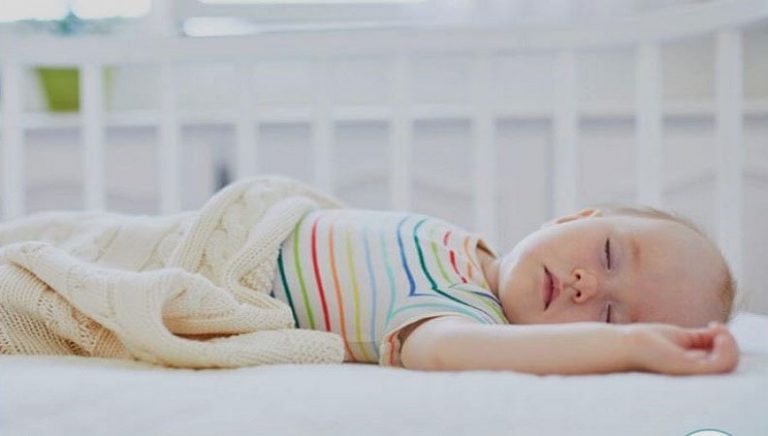How much weight can a baby crib hold?
When it comes to ensuring the safety of a child in their crib, one of the most important questions parents have is how much weight can a baby crib hold. This is a valid question and one that parents need to understand.
To make sure their child is safe while in their crib. Knowing the weight capacity of a crib is essential for understanding how to ensure a baby’s safe development. By understanding the weight capacity of a baby crib, parents can know many things. They can be sure that their crib will provide a secure platform for their child to sleep, play, and grow.
How much weight can a baby crib hold?
A baby crib is designed to support the weight of a baby up to 25 pounds, depending on the type and size of the crib. For example, a standard-size crib should hold up to 1,500 pounds. Some larger cribs, such as convertible cribs or bassinets, may be able to support up to 30 pounds. All cribs should include a weight limit label.
That can be easily found either on the side of the crib or in the crib’s product manual. The American Society for Testing and Materials (ASTM) sets a safety standard for the weight capacity of baby cribs. It is important to make sure that it meets ASTM safety standards for weight capacity. You can transfer your sleeping baby to crib.
Can you break your Baby’s Crib If You Get in?
No, you cannot break your baby’s crib if you get in. Cribs are designed to be sturdy and durable to keep your baby safe. They are made with thick, strong wood that’s meant to last for years without being damaged. Even if you accidentally climb in, it is very unlikely that it will break. The most likely outcome is that you’ll knock something down, but the crib itself should stay intact. That being said, parents should avoid getting in the crib in any case. This may encourage their child to try it themselves and could be dangerous if they make it out of the crib and hurt themselves. Know about stopping baby from chewing on crib.
How much weight can a delta crib hold?
A Delta crib can hold up to 50 pounds of support weight. To prevent safety hazards, the mattress that’s used in the crib should not exceed this weight limit. Any more weight that’s placed on top of the mattress should not exceed 15 pounds.
Once a child grows to 35 inches in height, the mattress should not be set higher than the lowermost setting. For more support and stability, the manufacturer also recommends. The crib has all four of its adjustable legs firmly secured to the floor.
Typical Baby and Toddler Weights
Typical baby weights range from a low of about 5.5 to 8 pounds. At birth to an average of about 4.5 kilograms (10 pounds) at about three months old. From three months to one-year-old, the average baby will gain about 1 pound per month.
Is There a Height Restriction On Cribs?
Yes, there is generally a height restriction when it comes to using a crib.
- Cribs must have slatted sides no more than 2⅜ inches apart, as mandated by the United States Consumer Product Safety Commission. So babies and toddlers cannot get their heads stuck or other body parts in-between the slats.
- This distance should be measured from the top of one slat to the top of the one that is below it.
- The height of the mattress support must not be more than two inches below the top of the side rail.
- Cribs are designed so that children cannot climb or stand in them. They should not be higher than 35 inches (89 centimeters).
- All cribs must meet the safety standards set out by the U.S. Consumer Product Safety Commission. You can find out more information on the Commission’s website.
- There are some exceptions when it comes to mattress size and height restrictions. If you’re unsure if your crib is compliant, contact your local department of public safety for help.
